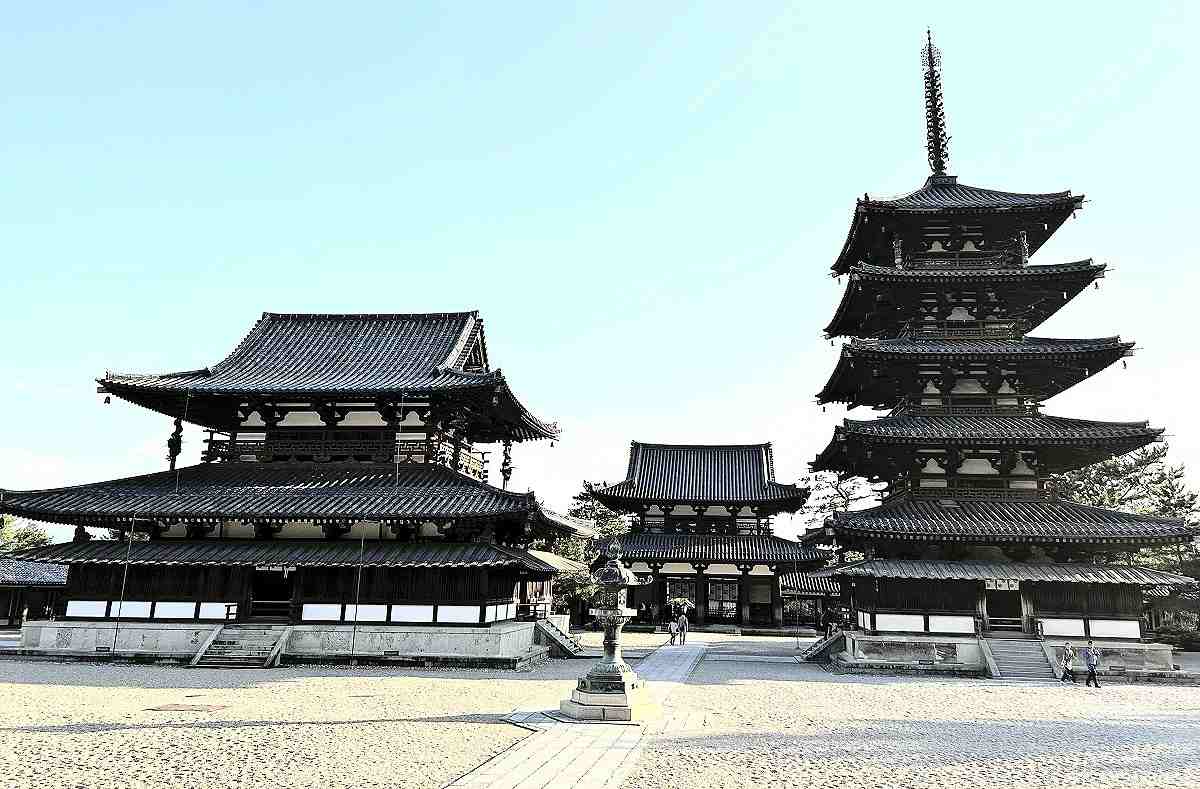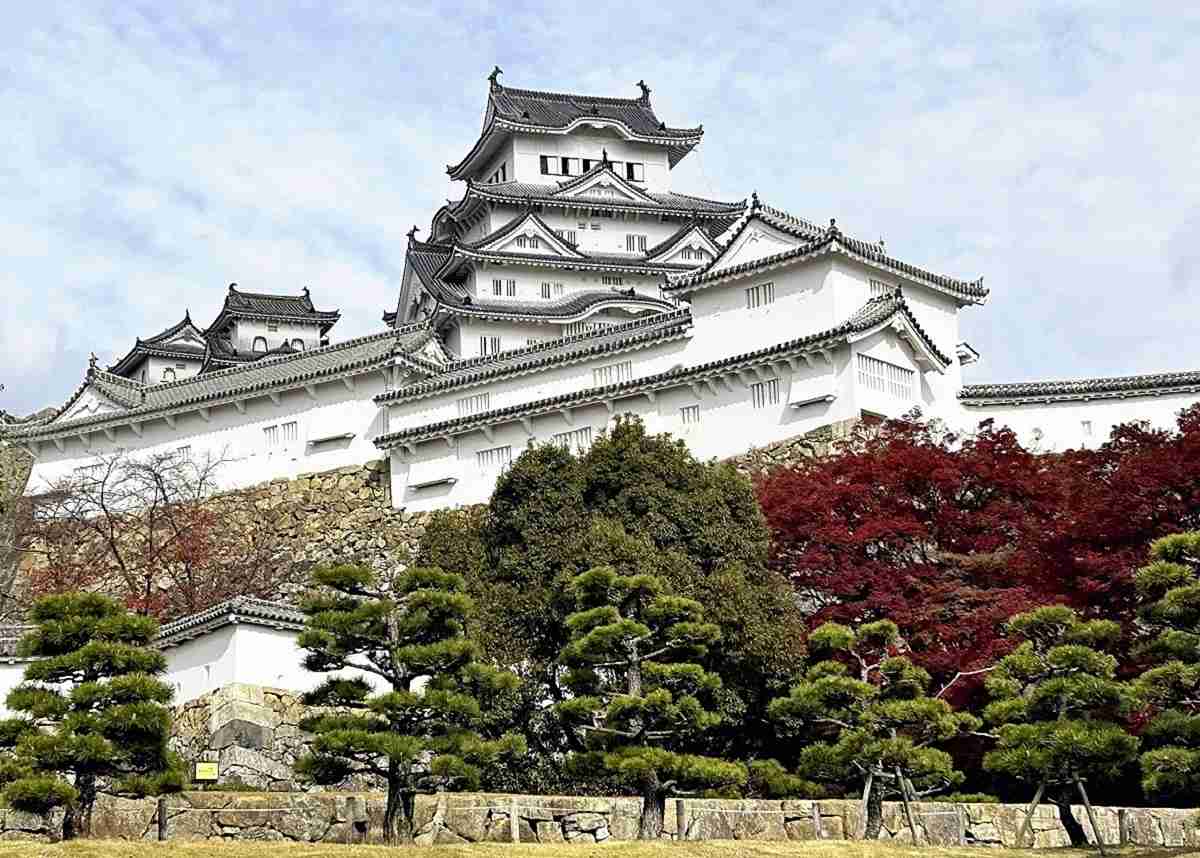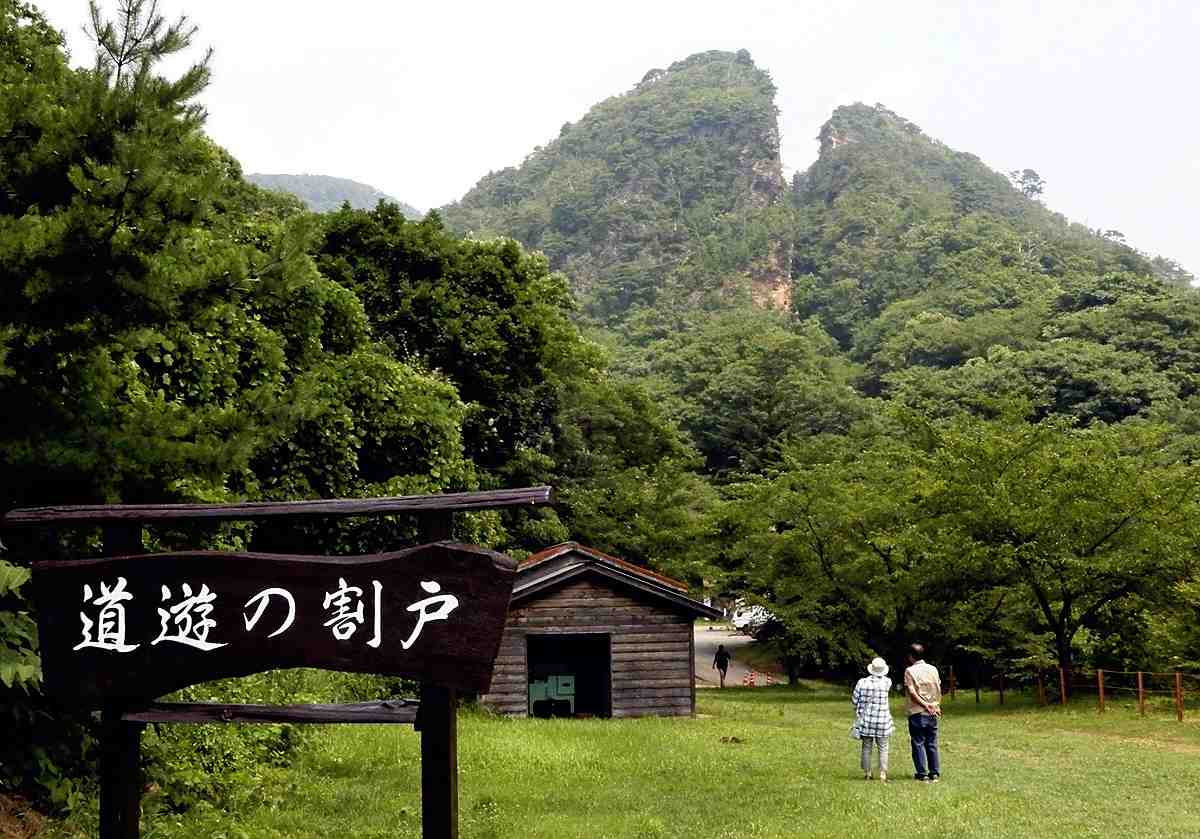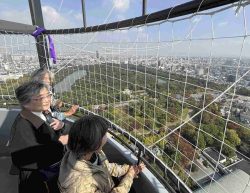Horyuji, Himeji Castle Mark 3 Decades Since World Heritage Inscriptions

The Kondo main hall, left, and the five-story pagoda, right, are seen on the grounds of Horyuji temple.
12:00 JST, January 28, 2024
OSAKA — December last year marked 30 years since Horyuji temple in Ikaruga, Nara Prefecture, and Himeji Castle in Himeji, Hyogo Prefecture, became the first Japanese monuments inscribed on the UNESCO World Heritage sites list. The Yomiuri Shimbun recently interviewed two key individuals involved in the inscription process, and asked about their determination to protect the “common heritage of humanity.”
“The Horyuji area is a museum that traces the history of Buddhist architecture from the Asuka period, when Buddhism was first introduced to Japan, to the present day,” said Masahiko Hirata, a senior official at the Ikaruga Board of Education who was the board’s technical expert on cultural properties at the time of inscription, when describing the historical value of the temple.
Horyuji, built in the 7th century, shows the style of early Buddhist architecture, including the Kondo main hall and the five-story pagoda, the oldest known wooden structures in the world. Construction of the main structures and sub-temples on the premises has continued uninterrupted, maintaining their form to the present day.
Efforts for Horyuji to be inscribed on the World Heritage site list were carried out on the initiative of the central government immediately after Japan signed the World Heritage Convention in 1992. It was registered as Buddhist Monuments in the Horyuji Area.
“It was the perfect candidate for the government, which wanted a Japanese heritage site to be included on the list right away,” Hirata recalled. One of the conditions for inscription is that a candidate site is protected by national law, and Horyuji had already been designated as a national historic site. Another condition was that there must be a buffer zone for the protection of constituent properties, which was handled by the site being subject to prefectural ordinances and other regulations.
“Before the inscription, the temple’s historic value had already been recognized overseas,” Hirata said. “However, the World Heritage sites were not well known in Japan at the time and the news of Horyuji becoming a candidate site didn’t mean anything to many people here.”
Many discoveries have been made in the past 30 years, including the unearthing of burnt fragments of wall paintings that confirm that the temple was destroyed by a fire in 670. A dendrochronological survey of wooden materials indicated that the Kondo main hall and other buildings had been reconstructed.
“The temple’s continuing preservation has proceeded in tandem with academic research. I hope many people will learn about the temple’s long history,” Hirata said.
‘Value of wooden structures’

White plaster exterior of the main tower of Himeji Castle
Toyotomi Hideyoshi, who later became the ruler of Japan, and other famous daimyo served as castellans of Himeji Castle, a vital transportation hub for western Japan. The donjon was completed in 1609 by Ikeda Terumasa, Tokugawa Ieyasu’s son-in-law. The castle survived the government’s order to demolish castles in the late 19th century and air raids during World War II, retaining its majestic appearance.
There are 12 castles nationwide that still have their original structure donjons that were built in the Edo period (1603-1867) or earlier. Among them, Himeji Castle’s donjon, towers, stone walls and moats are still in good condition. UNESCO recognized the castles as “a masterpiece of [Japanese] construction in wood, combining function with aesthetic appeal.”
“We simply conveyed the value of the castle as befitting a ‘treasure of mankind,’” recalled Teruhiko Otani, the director of the Himeji City Archaeological Research Center who is familiar with the details of events in the inscription process.
The castle’s value has been maintained through regular maintenance. Traditional repair methods were applied to the wooden pillars and plaster walls, which inevitably deteriorate over time. The foundation of the castle tower was strengthened with reinforced concrete, a necessary measure in earthquake-prone Japan. And the measure was judged not to impair its “authenticity,” which is one of the criteria for World Heritage site list inscription.
In 1993, many World Heritage sites were stone structures such as castles and churches in Europe. “The inscription of Himeji Castle helped to demonstrate the value of wooden structures in Japan and across Asia,” Otani said.
The tower’s major repairs of the Heisei era (1989-2019) were completed in 2015, with the freshly whitewashed appearance of the castle tower drawing extra attention. The World Heritage site covers an area of 107 hectares and is surrounded by the inner moat.
“There is much more to see than just the castle tower, and we would like to convey its value as a World Heritage site by using virtual reality and other technologies,” Otani said.
As of October of last year, there are 1,199 sites in the World Heritage list, with 933 of them being cultural sites. There are 20 such cultural sites in Japan, including the Historic Monuments of Ancient Kyoto, Historic Villages of Shirakawago and Gokayama, Hiroshima Peace Memorial and Mt. Fuji.
Inscription of the Sado complex of heritage mines, primarily gold mines, is expected to be confirmed this year by the UNESCO World Heritage Committee.

Sado gold mine
"Features" POPULAR ARTICLE
-

Sanrio to Open Museum in Yamanashi Pref. Dedicated to Founder, Exhibits Include Hello Kitty, Other Characters
-

Autumn Foliage Surrounds Visitors to Tokyo’s Showa Kinen Park
-

My Daughter No Longer Speaks to Me, But I Want to See Her and My Grandchild
-

Kumamoto: Public Bath Refurbished as Library Where You Can Chat, Take Photos
-

Frozen Vegetables: Demand Rises for Convenient, Tasty Domestic Produce
JN ACCESS RANKING
-

Keidanren Chairman Yoshinobu Tsutsui Visits Kashiwazaki-Kariwa Nuclear Power Plant; Inspects New Emergency Safety System
-

Imports of Rare Earths from China Facing Delays, May Be Caused by Deterioration of Japan-China Relations
-

University of Tokyo Professor Discusses Japanese Economic Security in Interview Ahead of Forum
-

Japan Pulls out of Vietnam Nuclear Project, Complicating Hanoi’s Power Plans
-

Govt Aims to Expand NISA Program Lineup, Abolish Age Restriction





















